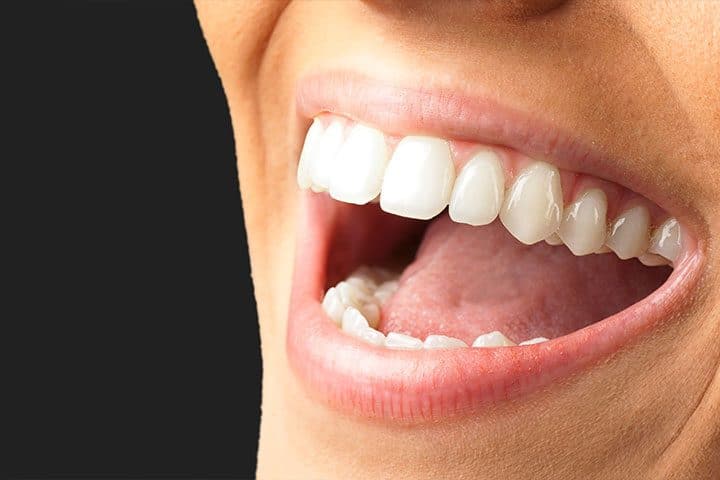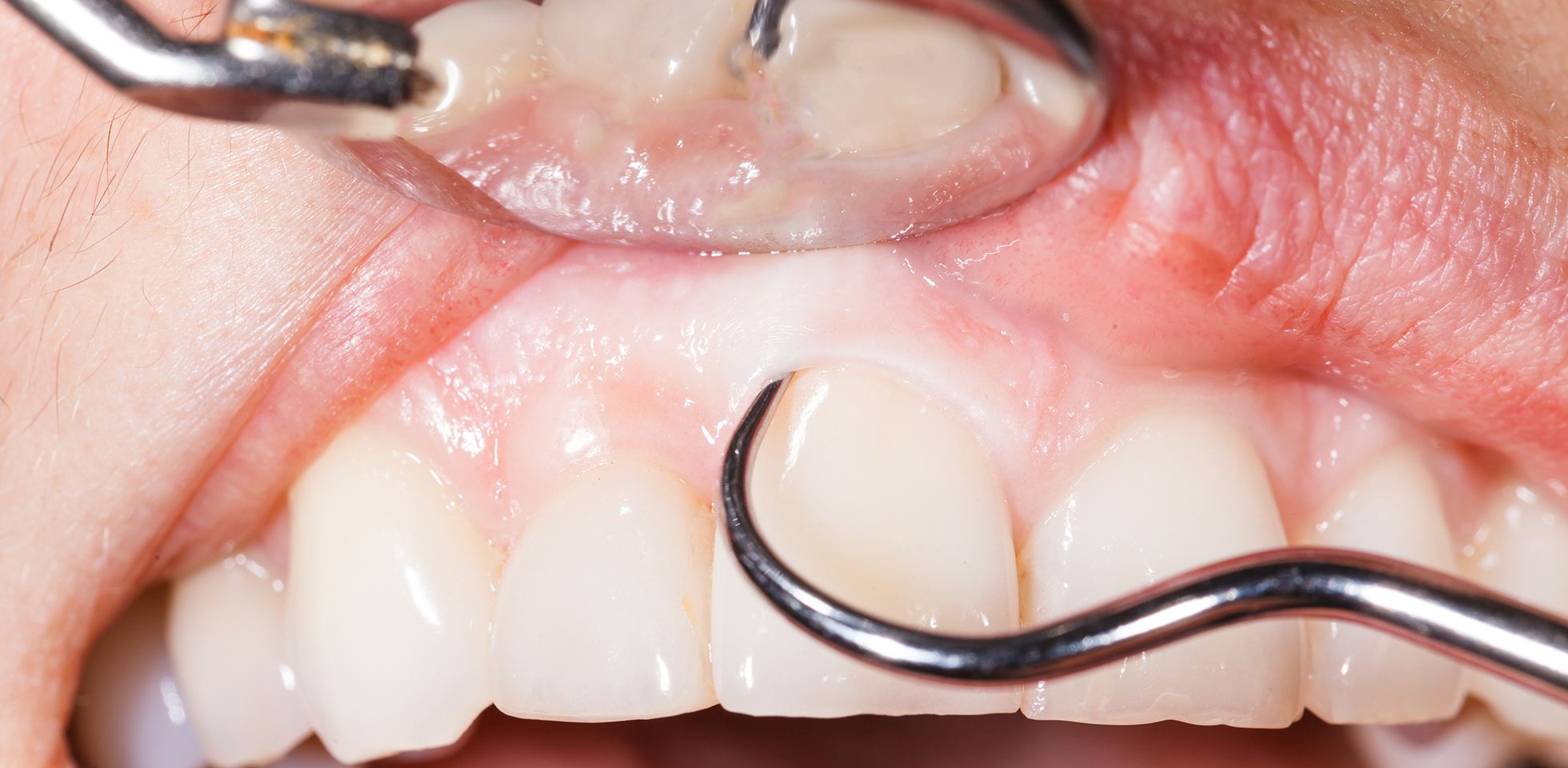
You may be told by your dentist that you are in the need of
a gum tissue grafting surgery. The word seems quite scary and you may start
getting panicked. But the matter of fact is that it is not that scary as it may
sound. It is a small surgery that is done to treat the effects of gum recession
or to improve the shape of your smile.
Gum recession is the process in which the gums around the
teeth are pulled away from the teeth. The pulling away of gums eventually
exposes the roots of teeth. This process can be quite damaging for the roots of
the teeth.
Since this process is a gradual one, you may not be able to
notice that you are having this condition. Nevertheless, the teeth will
eventually start looking ugly due to this recession of gums. Moreover, it also
causes hypersensitivity in the teeth. Still, you may lose your tooth if you are
not getting treatment for gum recession. You will need to have gum tissue
grafting surgery if you want to get the gum recession treated.
Things you can expect during a gum tissue grafting surgery
There are three types of gum tissue grafting surgeries
performed. The type of surgery you will need is going to depend upon your
particular situation.
Cognitive tissue grafts
The most common way to treat root exposure is cognitive
tissue grafting. This grafting method involves cutting of a flap of the skin at
the roof of the mouth and removal of subepithelial connective tissue form under
the flap. This tissue is then stitched to the gum tissue around the exposed root.
The flap is stitched back after the removal of subepithelial connective tissue.
Free gingival grafts
This method is quite similar to that of cognitive tissue
graft but instead of removing tissue under the flap, the tissue is directly
removed from the flap. This method is ideal for the people who have thin gums.
Pedicle grafts
This method doesn’t use tissue from the mouth’s roof. The
skin is cut and the tissue is removed from the surrounding gums. The flap,
which is also called pedicle, is only partially cut and is then turned over the
exposed root. This method is ideal for the people who have thick gums.

Many dentists consider using tissue from tissue bank instead
of using it from mouth’s roof. In some cases, tissue stimulating proteins are
used to enhance body’s ability to produce tissues. Your dentist will tell about
the best option you can go for.
Recovery after the treatment
Although you will be able to go home right after the
treatment, there are some restrictions that you will have to keep in mind. The
postoperative care mainly involves following guidelines regarding foods you eat
and the activities you engage in. to avoid any infection, you will need to have
antibiotics. And you will have to use mouth rinse to get rid of the plaque. You
will be able to resume with your normal eating routine after 2 months.
No comments:
Post a Comment